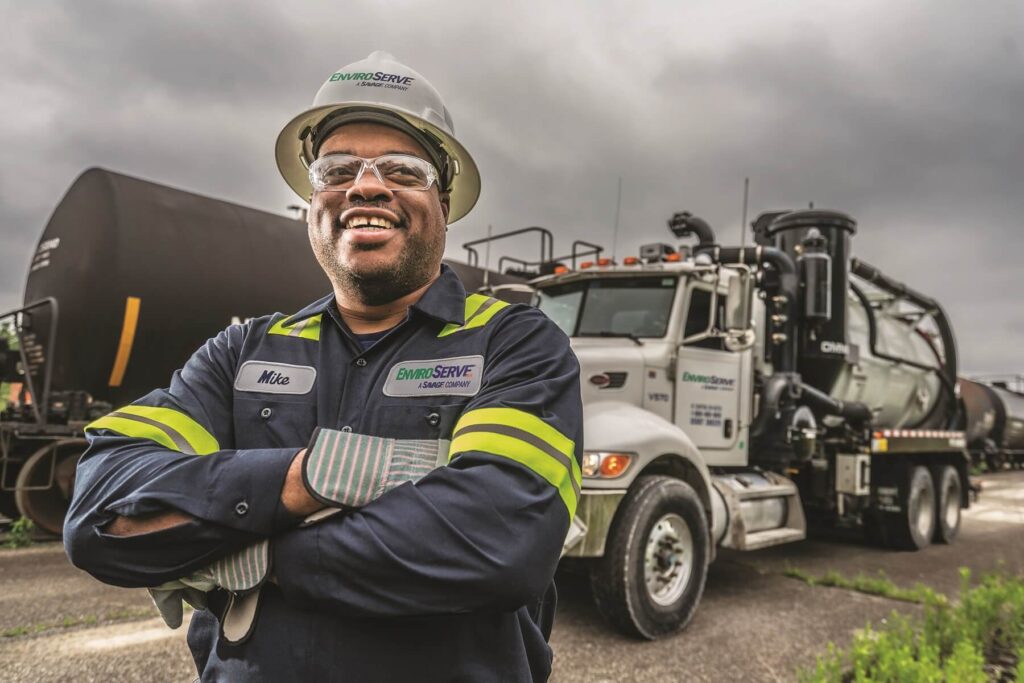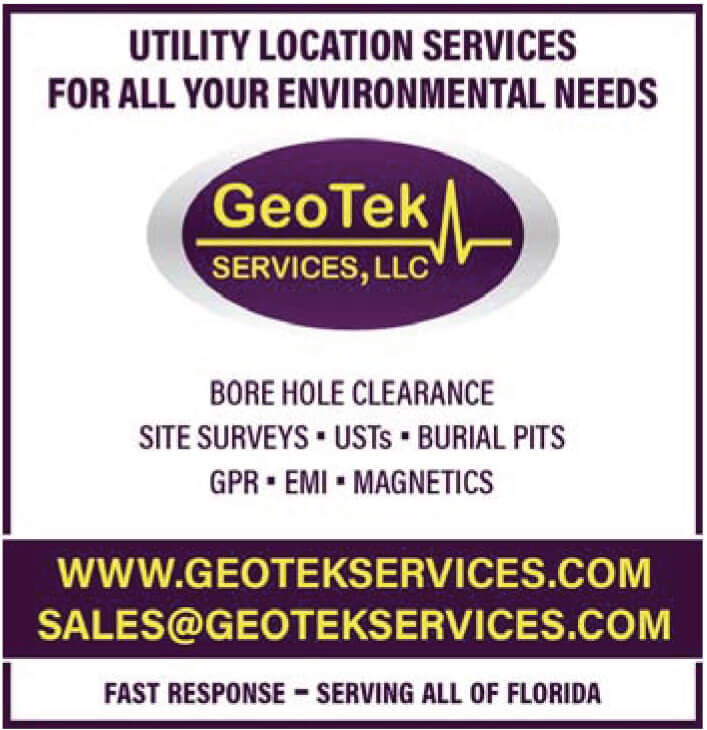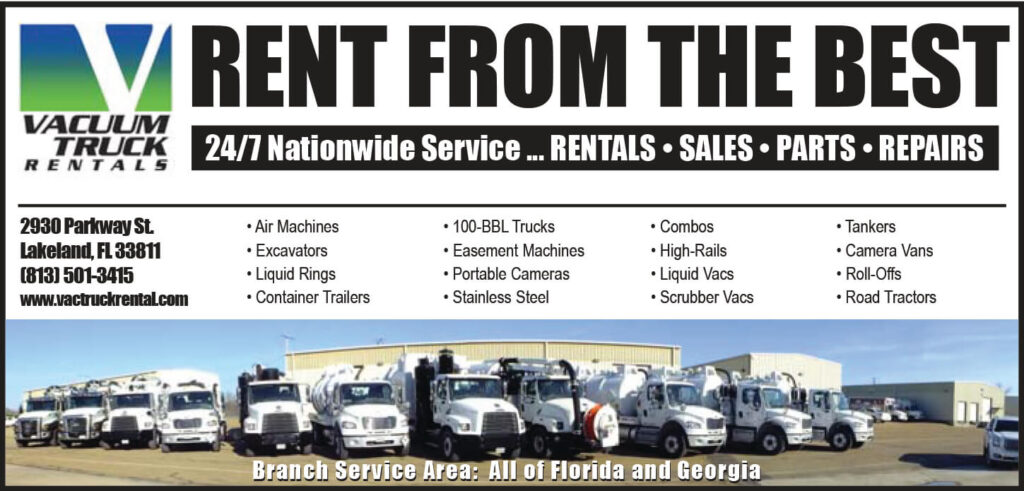By LEO CANNYN,
PMP, P.E., ENV SP,
Principal Project Manager,
Beryl Project Engineering

Florida recently was hit with a one-two punch coming in the form of Hurricanes Ian and Nicole.
Ian’s winds and storm surge followed by Nicole’s tremendous rainfall have raised a multitude of structural issues for property owners, insurers, and legislators.
Ian brought sustained winds at 128 mph with gusts in excess of 150 mph and produced a 1-in-1000-year rainfall according to data from the National Oceanic and Atmospheric Administration (NOAA) causing more than three million Florida households to lose power.
Based off initial estimates, Hurricane Ian could cost the U.S. $67 billion in economic damages. Fortunately, Hurricane Nicole’s impact was relatively less, although still causing $500 million in Central Florida alone.
Property damages
The closer properties are to shorelines, the bigger the risk to structural integrity. As wind speeds increase significant force is placed on structures. Strong winds can easily knock down buildings, damage roofs, and break windows and doors. Damage can also be caused by wind-blown debris striking the property.
Hurricanes bring high winds and heavy rainfall. Water intrusion is likely as increased wind speeds make storm-created openings. Whether it’s storm-driven rain or the scouring effect from floodwaters, the initial structural damage can be significant. In many instances this damage is not nearly as extensive as the secondary damage caused by trapped moisture in walls and floors which can lead to the growth of mold, mildew, and bacteria within 72 hours after the event.
Often with high winds or significant rainfall, trees can break or uproot falling on buildings, cars, etc. due to the ground being saturated. Branches can also cause significant damage as they can become projectiles due to the high winds.
Initial assessment: Determine if your property is habitable

For those considering rebuilding, a critical first step is to determine the extent of any potential structural damage that may have occurred.
FEMA Technical Bulletin Unit 8 Substantial Improvement and Substantial Damage 44 CFR 59.1 defines “Substantial Improvement” as any reconstruction, rehabilitation, addition or other improvement to a structure, the total cost of which equals or exceeds 50 percent of the market value of the structure before the start of construction of the improvement.
This rule basically states that if the cost of improvements or the cost to repair the damage exceeds 50 percent of the market value of the building, it must be brought up to current floodplain management standards. Local municipalities use this rule to determine if a building should be demolished or repaired.
We can see implementation, or inconsistent implementation and enforcement, of the “50 percent rule” potentially becoming a major obstacle for property owners in the months to come.
Once it has been determined that it is safe to return or enter a building/structure it’s imperative to identify any potential damage and document everything with photos and video.
Walk through your property and inspect the interior closely for signs of water damage. On the exterior, look for cracks or changes to the walls that suggest the building has shifted.
From the ground, inspect the roof for visible damage. You may see missing tiles or shingles, broken gutters, or blown-in soffits. Consider all areas of your property, including:
• Windows, doors, and roof;
• Electricity, gas, heating, and plumbing;
• Walls, floors, and ceilings;
• Door frames; and
• All septic or sewer systems.
Professional damage assessment
Sometimes, signs of damage aren’t so obvious. For example, after a hurricane, there are two views to consider.
In the big picture view, experts may take aerial photos of your property to view widespread damage that occurred. In a detailed view, experts send in an engineer to analyze and make onsite condition assessments of the building/structure. Foundation, walls, building frame, roof, and façade will all be evaluated to determine damage. The next steps are documenting the findings and conclusions.
When assessing damage, it needs to be determined whether it was caused by wind, rain, flooding, or flying debris. For example, damage to the roof is often caused by wind, but interior damage is typically caused by water. Distinguishing the cause of damage to your building/structure will be extremely important when reporting damage to your insurance company for reimbursement.
Selecting the right engineers, inspectors, and contractors
Surviving a hurricane can cause tremendous stress; don’t add to it by falling victim to companies that don’t have your best interest in mind. Make sure you research when choosing a company to help you rebuild. It can be a lot to manage.
Navigating insurance claims at a time when there is so much uncertainty can create many questions. Be sure to use established companies with local references. Provide accurate and reliable reports required by insurance companies so your claim can be processed quickly; same for when you start the rebuilding or renovation process.
As for building codes and statutes, Hurricanes Ian and Nicole ultimately present learning opportunities which will manifest as changes and revisions in future Florida Building Codes 2023 and 2026, as these are reviewed and updated every three years.●








































